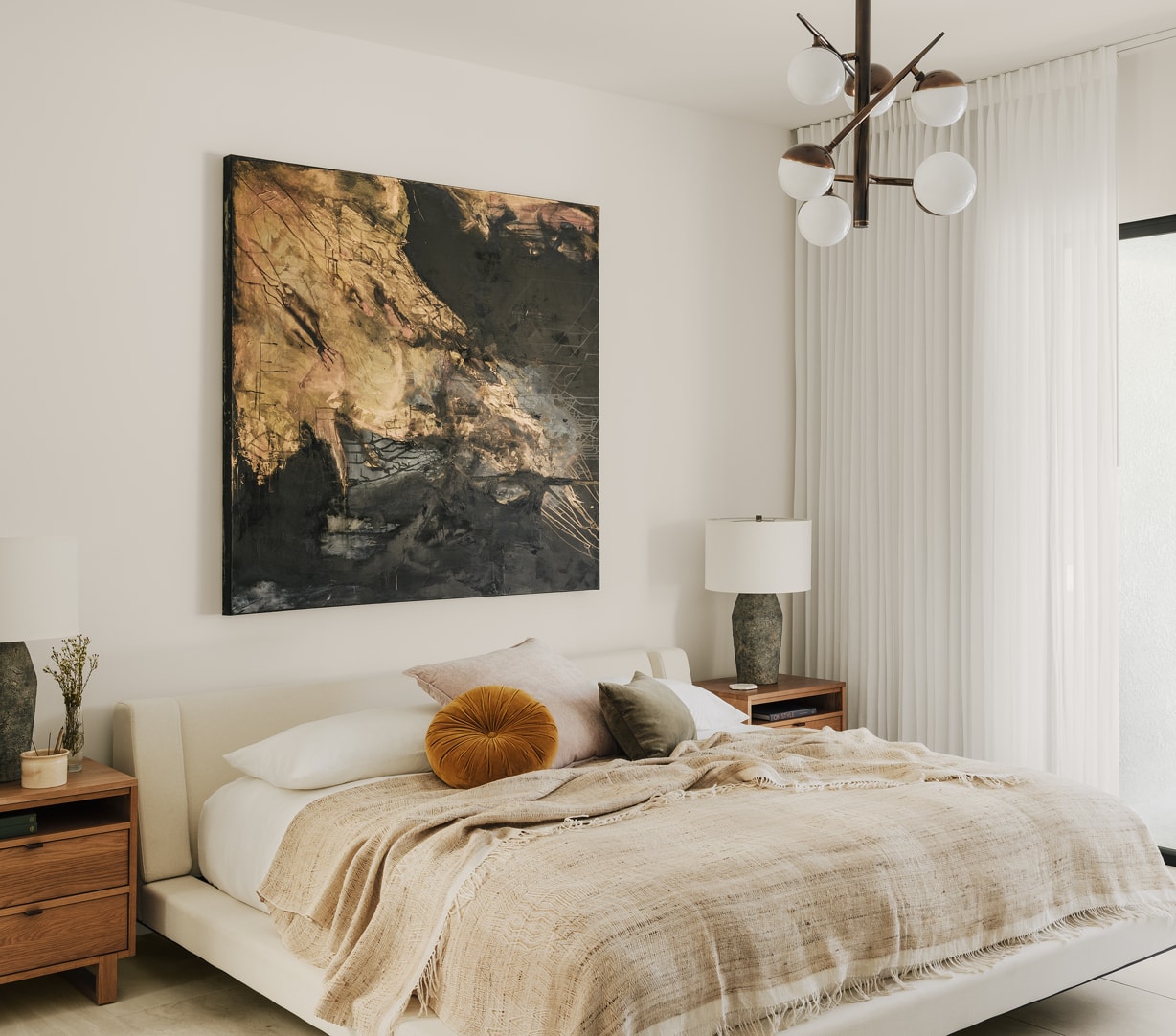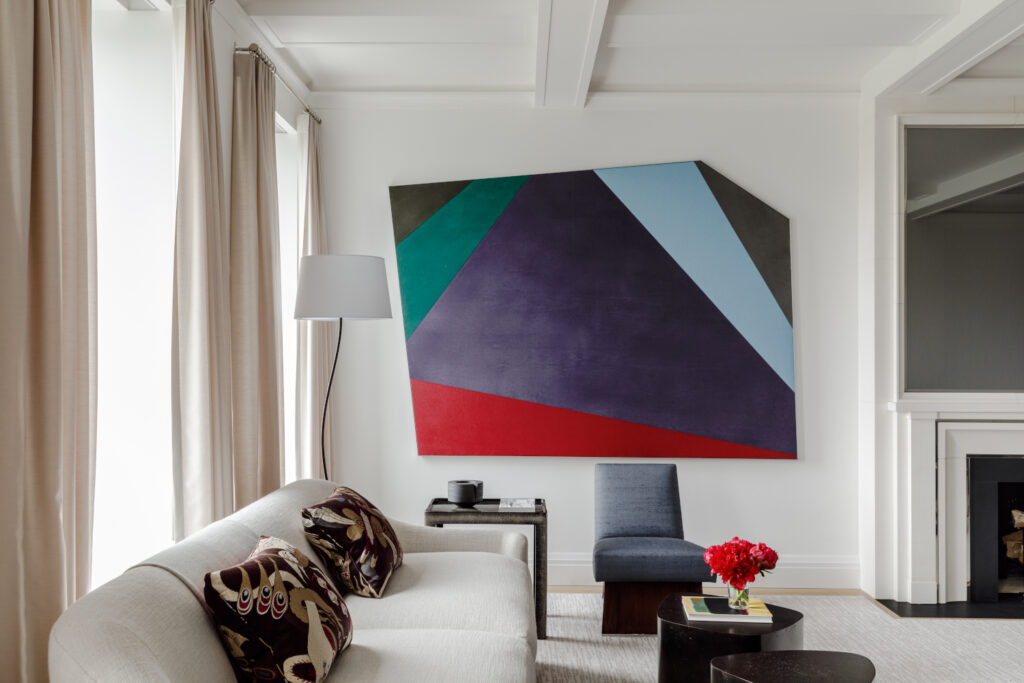Art takes centre stage in our interior designs. As inspiration for composition, colour and mood, it drives the design process for a room. Truly none of our interiors would be as impactful or complete without art!
As art has the extraordinary ability to elevate the character of any space in which it is placed; with the right art, a functional interior can become a place of inspiration and emotion. It’s why we like to start any decoration project with the selection of art.
Building an art collection isn’t just about decorating walls; it’s about creating a legacy of culture and personal expression. Your art collection can and should be a reflection of your tastes, an investment, and a source of inspiration.
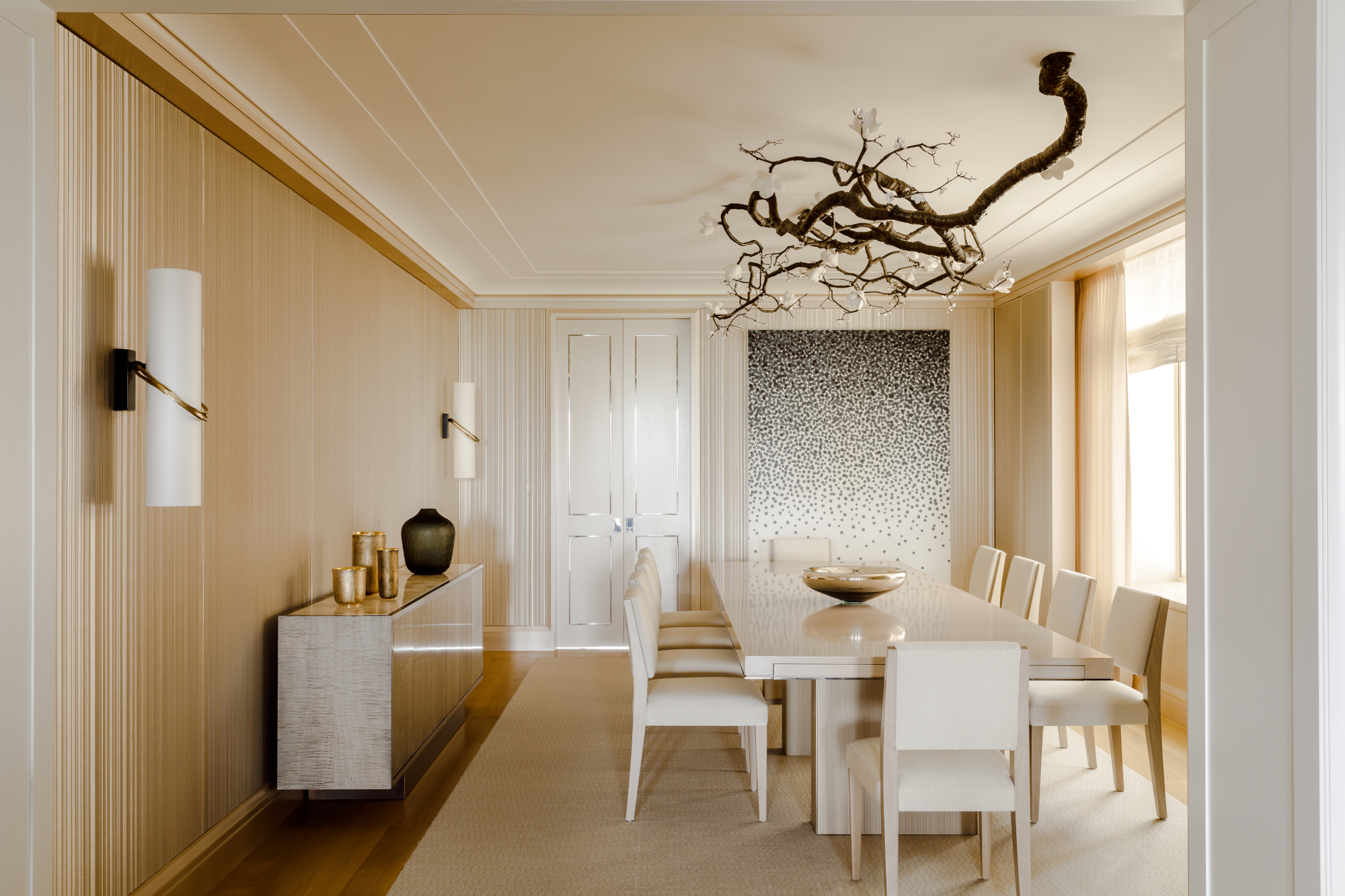
Art has always been a consuming passion of mine, and after working in the art world, I gained invaluable knowledge about the process of building collections and collaborating with galleries. I also met some very interesting artists along the way.
As an Interior Designer, I now help guide clients to purchase works of art for their homes and offices. It happens to be my favourite part of the design process! Today I will share a little bit about the curatorial process we use at Caroline Erez Design.
So if you have decided to embark on purchasing art, but are hesitant on when to begin, you are in the right place. In this post, we’ll explore the art of building a meaningful and valuable art collection that aligns with your aesthetic preferences and long-term goals. We’ll also suggest strategies for incorporating art into your home’s interior decoration, offering guidance on selecting and displaying art pieces that harmonize seamlessly with your home’s overall design aesthetic.

1. Define Your Vision and Style
Before embarking on your art collection journey, define your vision clearly. Your collection should reflect your personal taste and the emotions you want to evoke in your home. Your art – the colour, style, size, and placement -will have an incredible impact on the atmosphere of each interior, so a clear ethos will help you in your selections.
I also recommend purchasing art BEFORE embarking on an interior design project. Why? Because the art pieces are INTEGRAL the overall design of your home. It’s best to first define the interior design style that you would like to achieve for your home. Do you prefer minimalist, contemporary interior design, traditional, elegant design, or a more transitional approach? Ideally, your art collection should align with your chosen design aesthetic, serving as an extension of your personal style.
2. Explore Diverse Art Forms with Cohesion
Diversity is the key to a captivating art collection- Please don’t limit yourself to one art form or medium. Art is so varied! We suggest our clients consider paintings, sculptures, photography, ceramics, and mixed-media works into their home decor. Embrace a variety of styles and techniques to create a dynamic and engaging collection.
While diversity is valuable, it’s also essential to create cohesion in your art collection. Look for common themes, colour palettes, or styles that link the pieces together. This unity will tie your collection to the overall design of your home.
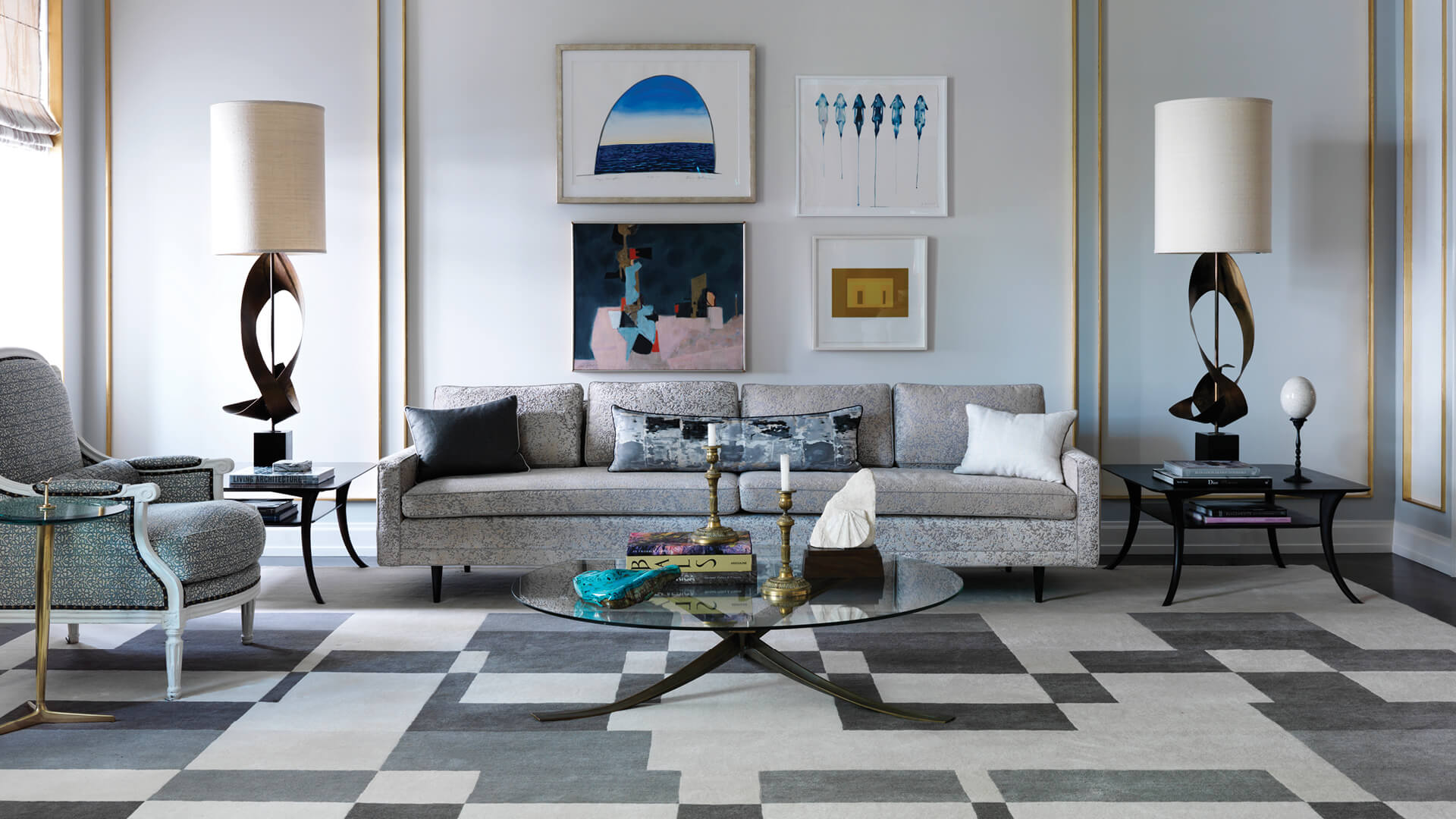
3. Mix Emerging and Established Artists
Establish a budget for your art collection. This might sound obvious, but it can really help shape what you can accomplish if you determine how much you’re willing to invest and work within those parameters. Remember that the art world offers pieces at various price points, so there’s something for every budget.
Allow us to help guide you to build a well-rounded art collection with both emerging and established artists. Consider starting with emerging artists. Their work is often more accessible in terms of price, and you have the opportunity to support and nurture local talent. Emerging artists not only provide fresh perspectives but can also be a sound investment as the value of their pieces begins to increase. Investing in established artists can bring a sense of timelessness to your collection. We’re here to help.


Image Source #1 | Image Source #2
4. Mix Old and New Pieces
Blend old and new artworks to create an eclectic and dynamic collection. Mixing different eras and styles can add depth and interest to your art collection. Let our experienced team assist with navigating the purchasing through galleries and auction houses.
5. Research and Education Visit Galleries and Studios
Take the time to research artists, art movements, and galleries. Attend art exhibitions, read books, and follow art blogs. Educate yourself about the art market, trends, and the history of the pieces you’re interested in.
We can assist you in visits to art galleries and artists’ studios to see art up close and meet the creators. Our relationships with artists, dealers, and gallerists can provide insights into the art world and help you make informed choices.

6. Follow Your Heart and Trust Your Instincts
When selecting art pieces, the best advice I can give is to follow your heart and choose pieces that resonate with you on a personal level. Ultimately, your collection should be a reflection of your interests, experiences, or emotions. When selecting art, trust your instincts. If a piece resonates with you emotionally and intellectually, it’s likely a good fit for your collection. Art is personal, and your connection to it is paramount.
7. The Power of Placement and Scale
Where you place your art is fundamental to its impact. Consider sightlines, lighting, and traffic flow when deciding on placement. Art should be a focal point but not overwhelming to the rest of the interior design of your home.
Consider the scale of your art pieces in relation to the space they’ll occupy. Large artworks can be captivating focal points, while smaller pieces may work well in groupings. Ensure that the size of the art complements the scale of the room.
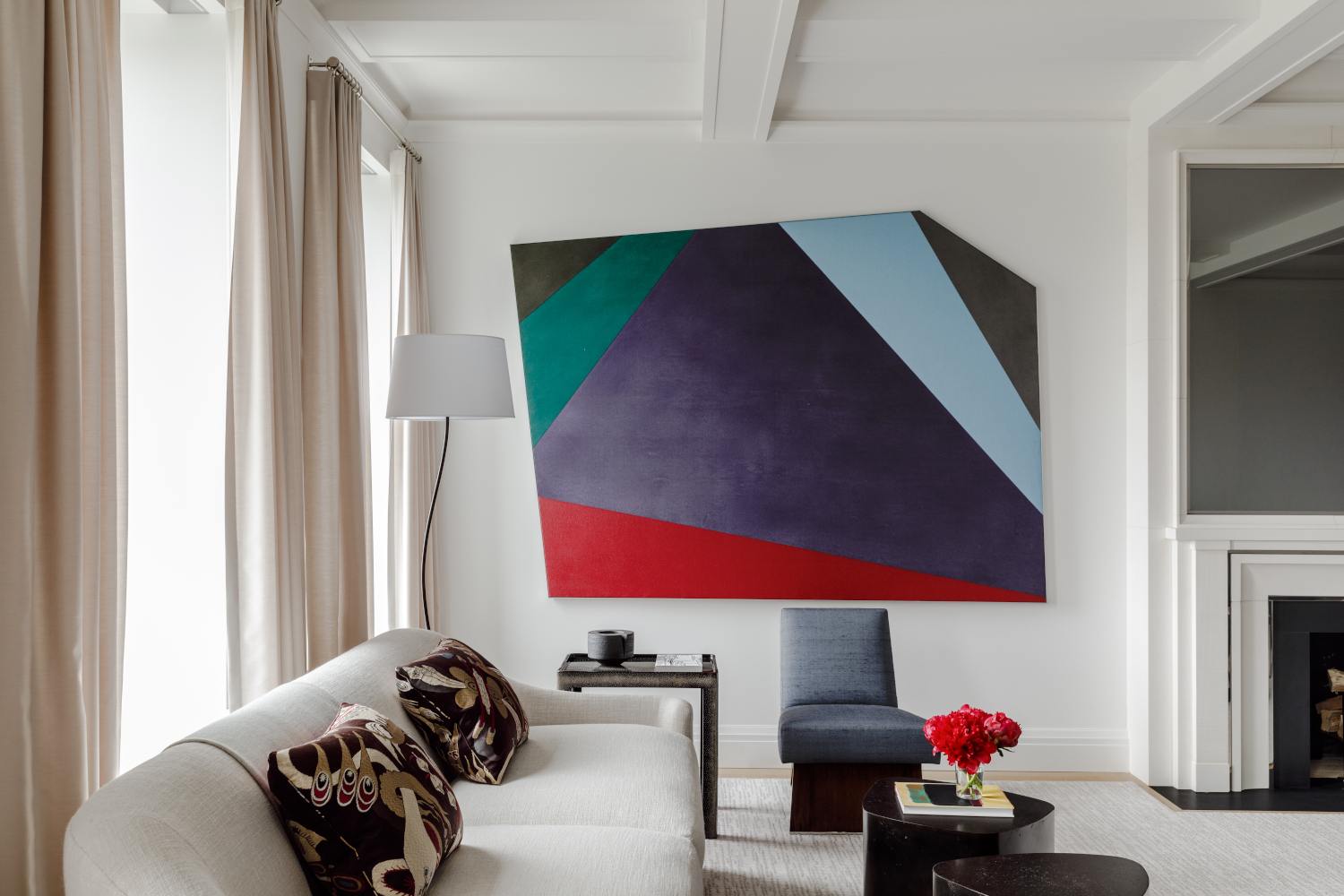
8. Framing and Curatorial Expertise
It’s also wise to invest in the preservation and display of your art collection. Proper framing can significantly enhance the impact of your art. Invest in professional framing that not only protects the artwork but also complements your interior design. Frame styles and matting should align with your chosen aesthetic.
Appropriate lighting is another essential component to the display of your art. Use accent lighting or track lighting to spotlight key pieces. Consider adjustable lighting to change the mood and focus as needed.
Consider working with a professional interior designer with expertise in art placement, such as our team at Caroline Erez Design. We can help you curate and display your collection to its best advantage in your home.
9. Art as an Investment
Consider the investment potential of your art collection. While art should be collected for its intrinsic value, it can also appreciate over time. Consult with us to make informed investment decisions.
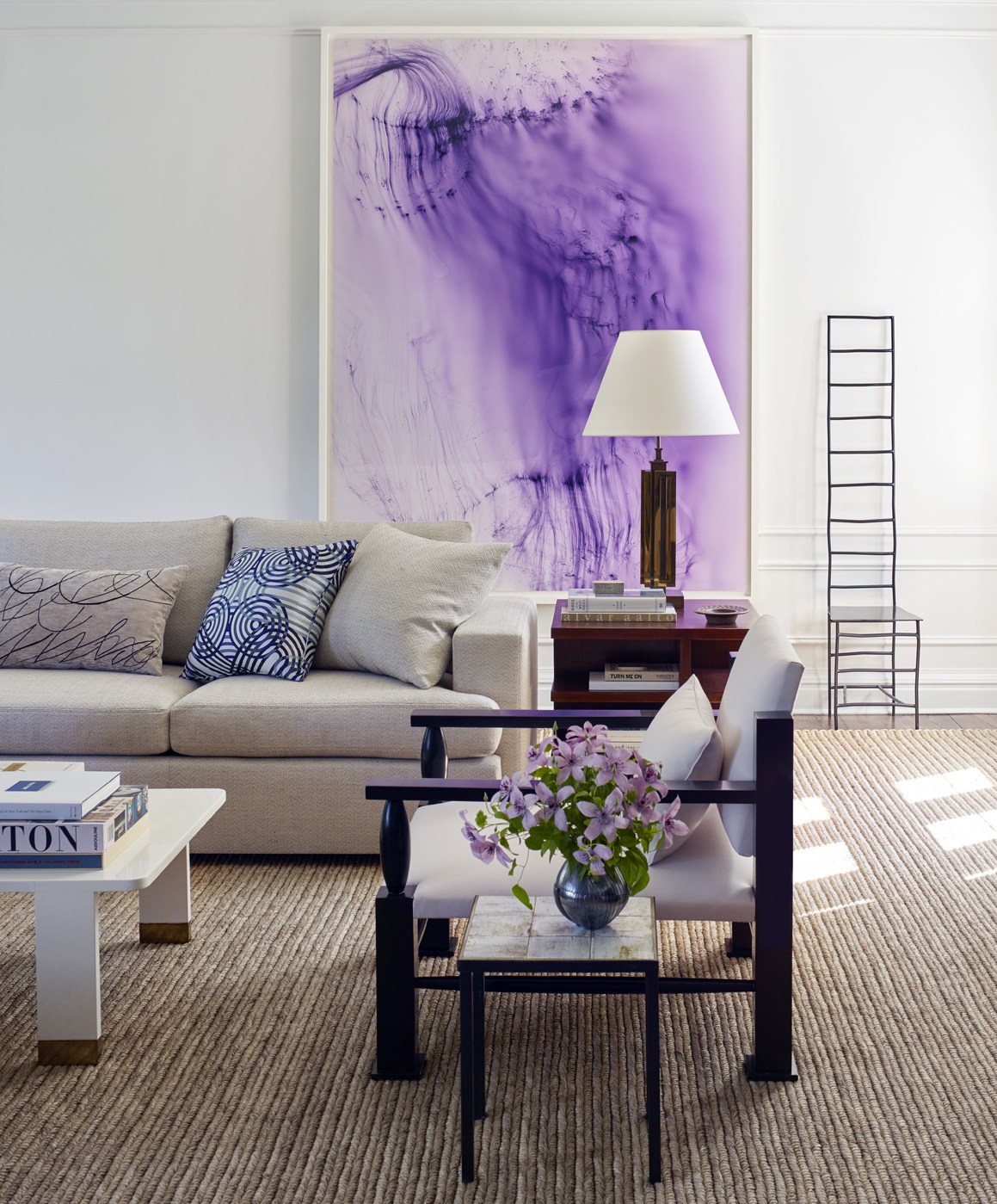
10. Share Your Passion
Share your art collection with others. Hosting art-themed gatherings, exhibitions, or even opening your home to art enthusiasts can enhance your connection to the art world and create a vibrant art community.
At Caroline Erez Design, we understand the transformative power of art in interior design. We specialize in helping clients build meaningful and valuable art collections that reflect their taste and lifestyles. Our expertise lies in curating art collections that harmonize seamlessly with your home’s interior design.
If you’re ready to take the next step in creating a home that’s a true work of art, contact us today for a consultation. Together, we’ll curate a collection that not only enhances your living spaces but also enriches your life.
